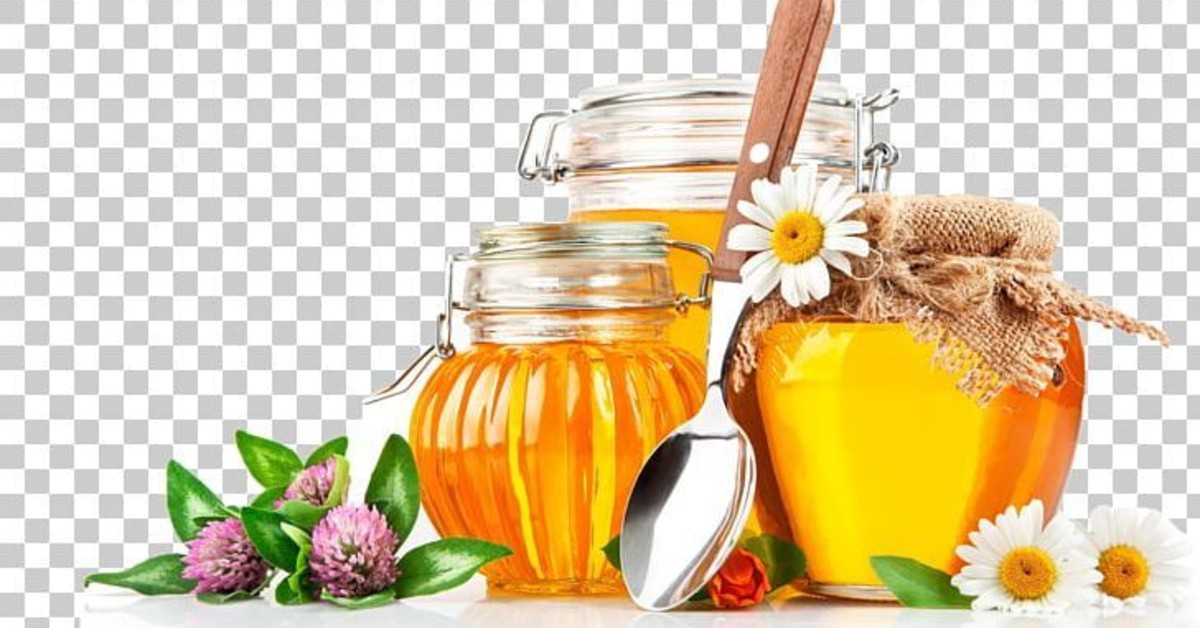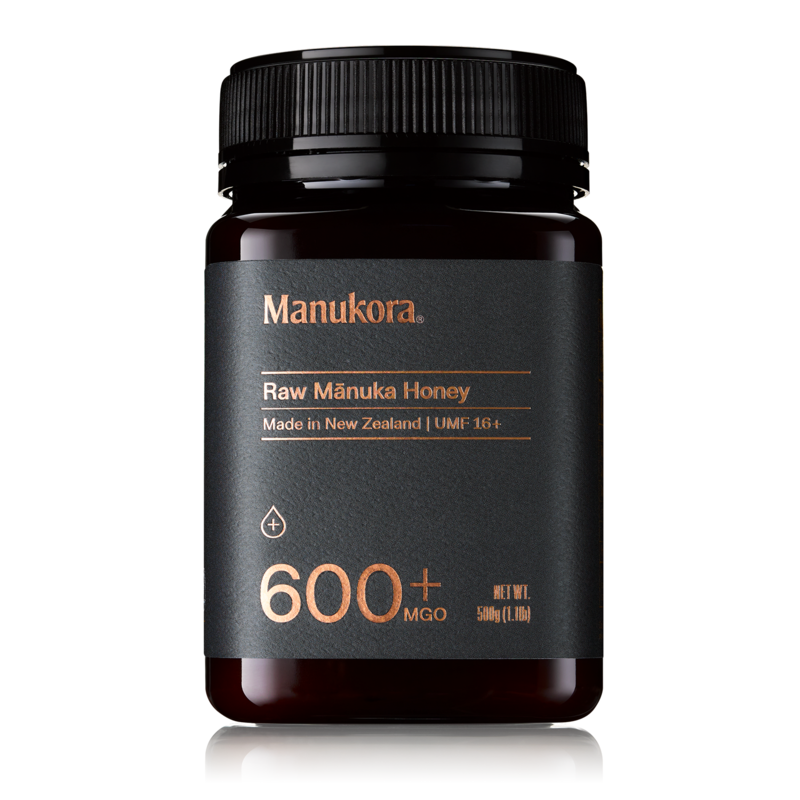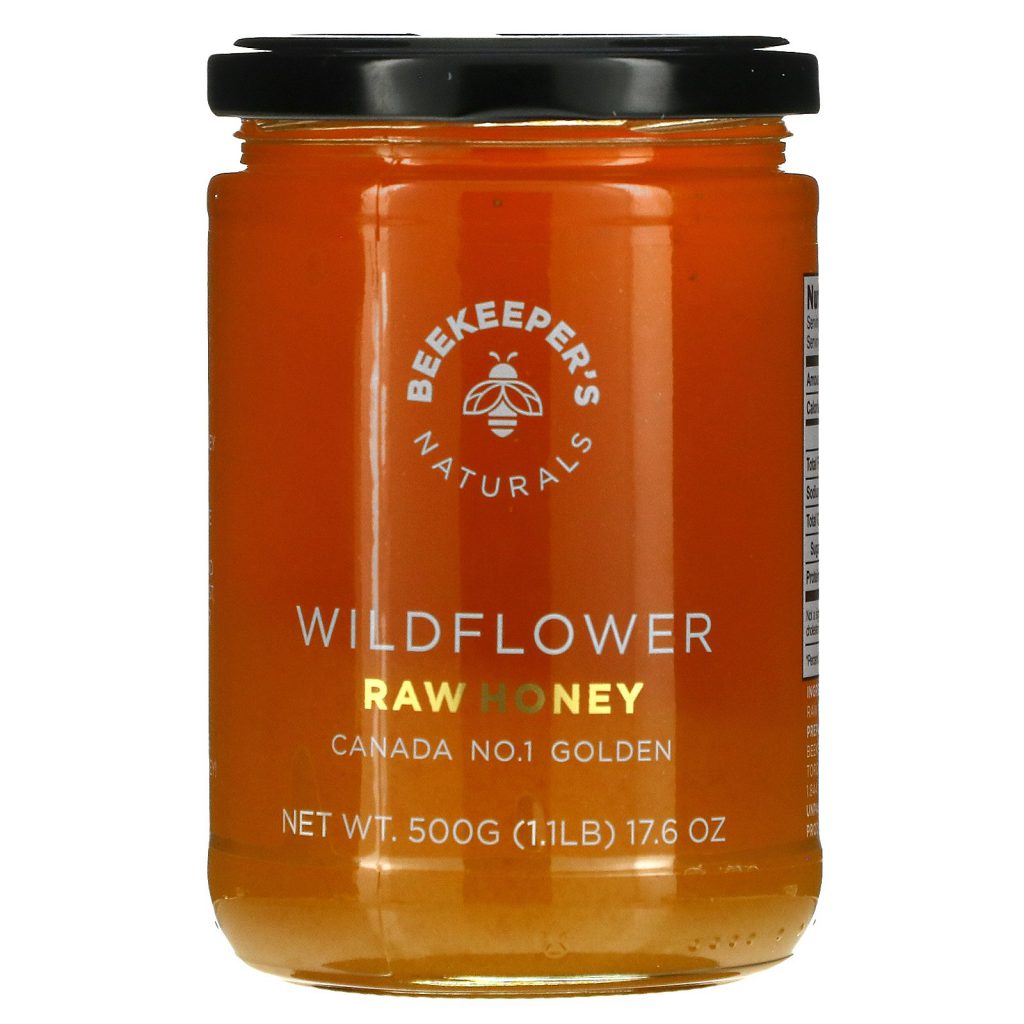What is Manuka Honey and difference regular raw honey ?
A product exclusively of New Zealand and Australia, Manuka honey is famed for its quality and purity. Manuka honey is a source of unique plant compounds and nutrients, including amino acids, B vitamins and minerals. (Mavric, et al 2000). The word Manuka is the Māori name of the tree; in the English context it is a common word.
Manuka honey boasts a distinctive flavour and much like wine has herbal, earthy and woody characteristics. There are natural variations in colour and taste depending on growing conditions. Generally, it is golden in colour and has a rich floral taste.
Manuka flowers from the manuka tree, a native of New Zealand and Australia are the basis of the special plant compounds (Atrott, et al, 2009) that make the honey so unique and sought after all over the world. These flowers are:
- Methylglyoxal – MGO
- Leptosperin
- Dihydroxyacetone (DHA)
Manuka honey is lab tested and given ratings for levels MGO, Leptosperin and DHA. The certifications called UMF (Unique Manuka Factor) are found on the label. The more compounds present mean the higher the UMF number.
The honey is made when bees collect the nectar from the flowers grown on the manuka tree. It is the nectar and the bees that give this honey its unique properties.
Australia does produce Manuka honey which varies from New Zealand produced Manuka honey. This is not a reflection on quality, potency, or health benefits of the product. The main difference between Australian and New Zealand Manuka honey is they are sourced from geographically different locations which does not matter, the deciding factor is the amount of DHA and MGO found. (Australian Manuka Honey Association).The AMHA has an established set of standards for authentic Australian honey. Including that it must be produced in Australia and carry the AMHA’s mark of authenticity.
What are the Honey Types
There are different types of Manuka honey from raw and unpasteurized to organic or creamed to monofloral to non-blended. Once tested in dedicated laboratories Manuka honey is given UMF and an MGO rating. These identify the potency and the level of plant compounds to ensure the honey has not been modified.
All Manuka honey have health benefits including use as topical for burns and wound healing, uses as a digestive aid, oral health to help prevent tooth decay and gum disease and may soothe dry and scratchy throats.
Taking Manuka honey before bed acts as a sedative and helps you sleep in two ways. Honey helps your brain release melatonin, the hormone your body uses to restore itself as you sleep. This happens through a series of brain transformations: honey spikes your insulin levels, releasing tryptophan, which becomes serotonin which become melatonin. The second way Manuka honey promotes sleep is it provides easy to access fuel for your brain overnight. It restocks your liver’s glycogen to starve of hunger during the night thus allowing a deeper sleep.
How to take honey before bed? Mixing a teaspoon of Manuka honey with warm water will send you to the land of nod. Make sure the honey is pasteurized as it can be toxic when consumed in the unpasteurized form.
Drinking ginger and honey strengthens your immune system. Furthermore, both ginger and honey drink have antioxidants which are what strengthens the immune system. Taking one to two teaspoons daily has many roles and benefits for your body, including releasing energy from food, providing amino acids which are building blocks that contribute to growth and function. Give calcium for strong bones and teeth, iron for healthy red blood cells and potassium for heart health. Manuka honey is considered nature’s superfood so try adding it to your 5 plus a day for great benefits.
Why is Manuka Honey so Expensive?
The Manuka tree isn’t abundant in New Zealand and generally grows at altitude in wild and high-country farmland, making it difficult for beekeepers to access for packing. Given that these places without road access, Helicopter is the only way of transportation to deliver the honey. Bee will be transported in and out of these locations at a very high price. There is also a narrow window when the Manuka flowers are in bloom, 2 -8 weeks per year, depending on the season. ( www.doc.govt.nz ). Manuka trees can be temperamental due to weather conditions that can limit the time the Manuka flower is in bloom.
As stated above the process for making Manuka honey is complex and expensive compared to regular honeys. The vitamins and enzymes in Manuka honey are not present in regular processed honey.
Manuka Honey & the Blood System
The antioxidants compounds in Manuka honey may lead to modest reductions in blood pressure. Here I hasten to add that prescribed medications should always be taken in addition to healthy food and lifestyle.
It is important to note that people with diabetes or blood sugar problems and babies shouldn’t use Manuka honey because of its sugar content and viscosity. There are also possible interactions with medicines, including blood thinners, and seizures and chemotherapy drugs. Manuka honey may slow blood clotting. In theory, taking honey along with medications that also slow clotting may increase the chances of bruising and bleeding.
The video below shows that when honey is mixed with water and drunk first thing in the morning blood circulation improves. It seems Manuka honey may be a natural blood thinner, more independent research needs to be conducted to further support these findings.
Conclusion
In looking at Manuka Honey we have learned it is produced both in New Zealand and Australia and that it has multiple health benefits. It is billed as a nature’s superfood as well as a good addition to our 5 plus a day.
It is important to take prescribed medication for all conditions and to ask the doctor before adding Manuka honey to our daily diet. For a healthy individual with no underlying conditions Manuka honey is a fantastic addition to the daily food regime.
There is still research to be done into this marvelous superfood, however, more is being discovered about Manuka honey’s healing properties and anti-inflammatory effects. Make Manuka honey a regular routine, document the improvement and you may see results in as little as seven days.
References
Attot J & Henle T. 2009 Methlglyoxal in manuka honey– correlation with antibacterial properties:Czech Journal of Food Sciences, 27 (Spec), S163-S165.
Australian Manuka Honey Association – Our quality Standards. Australian Manuka Honey Association. Retrieved 2019-07-09.
https://www.doc.govt.nz/nature/native-plants/manuka-kahikatoo and kanuka / Mavric E et al. 2000 Identification and quantification of Methlglyoxal as the dominant antibacterial constituent of Manuka (leptospermumscoparium) honeys from New Zealand.Molecular nutrition & food research52(4) 483-489.


